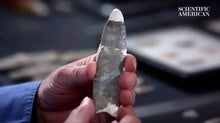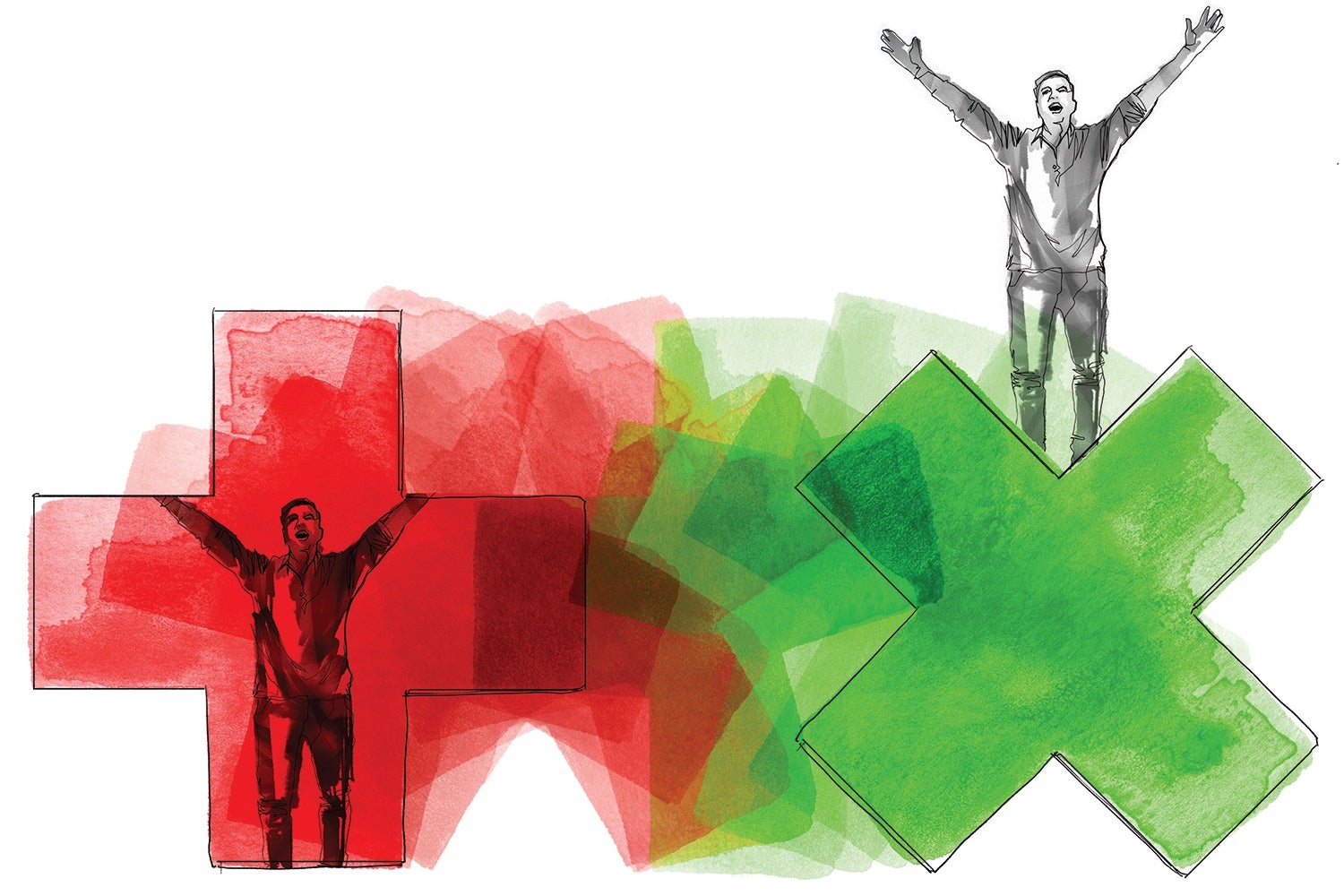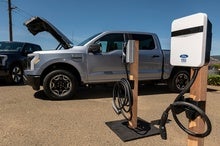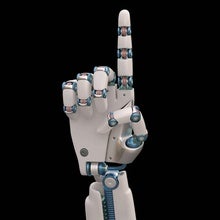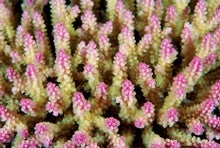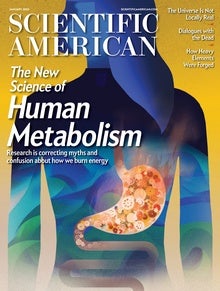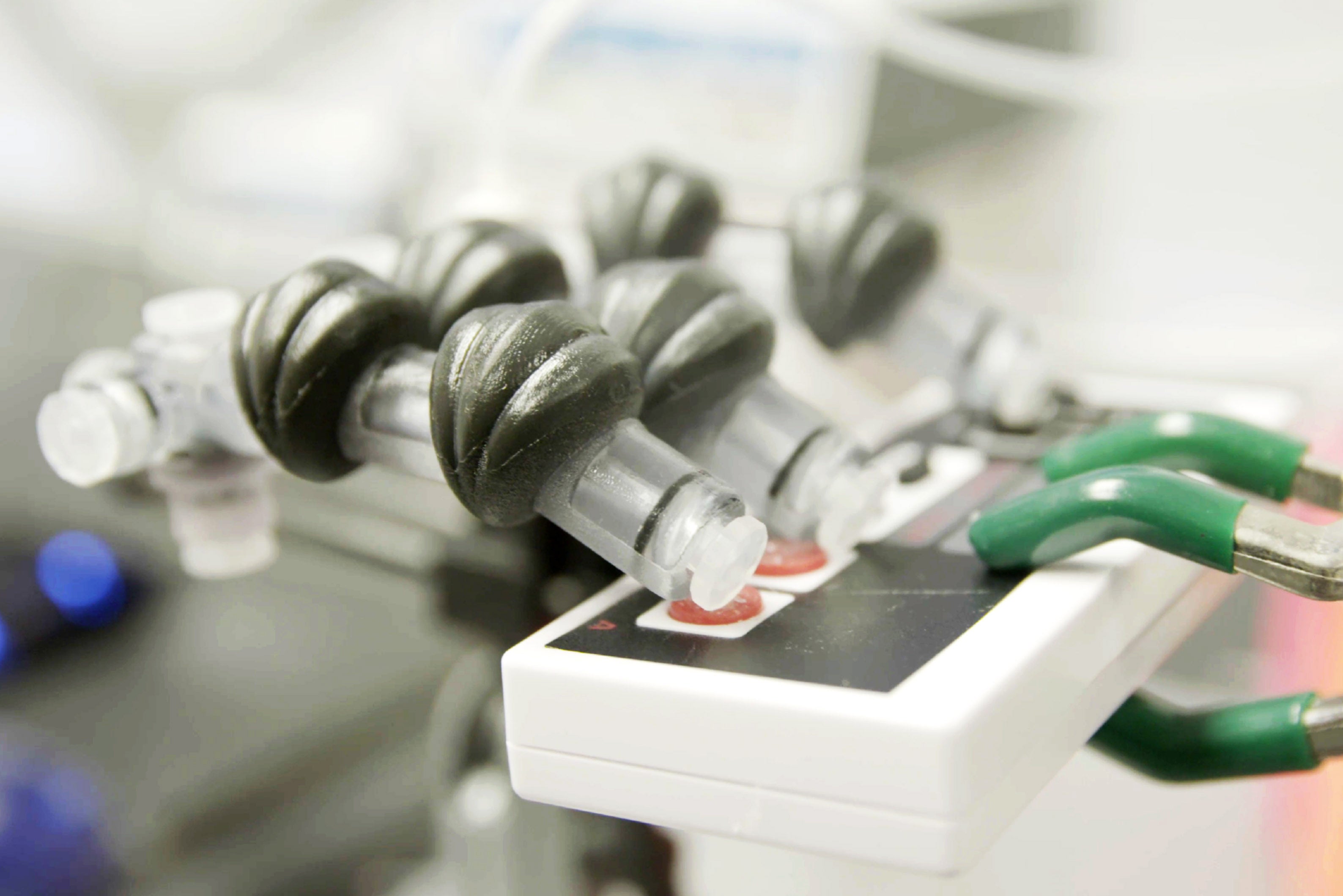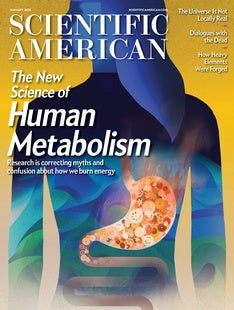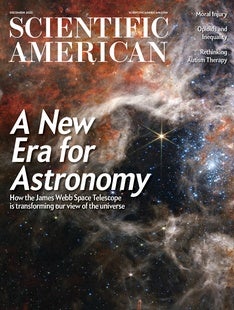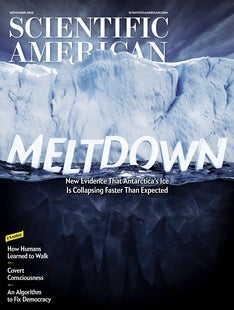 |
| December 13, 2022 |
Dear Reader,
If a robot wants to move from one environment to another, it usually needs to tote an extra means of locomotion. But a new turtle-inspired bot avoids this requirement by shifting the shape of its legs to navigate on land, at sea and in the transitional zone between the two. |
| |
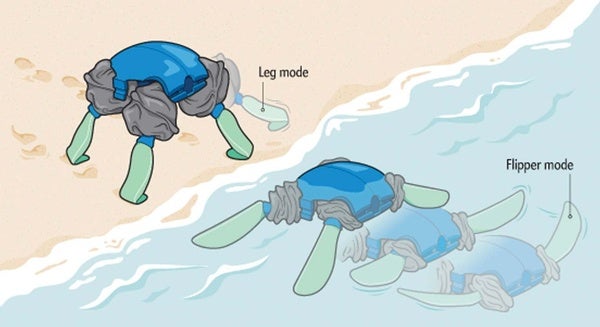 |
| |
| |
| |
| |
| |
| |
| |
| |
| |
| |
FROM THE STORE
 | | | |
| QUOTE OF THE DAY
 "Because the internet is overflowing with images of naked or barely dressed women, and pictures reflecting sexist, racist stereotypes, the data set is also skewed toward these kinds of images. This leads to AI models that sexualize women regardless of whether they want to be depicted that way, Caliskan says--especially women with identities that have been historically disadvantaged." Melissa Heikkilä, MIT Technology Review | |
FROM THE ARCHIVE
 | | | |
LATEST ISSUES
 |
| |
| Questions? Comments?  | |
| Download the Scientific American App |
| |
| |





